Anna Reivilä, Bonds Between Nature
The Finnish photographer started the series ‘Bond’ in 2014, referring to the relationship between man and nature and to the art of bondage.
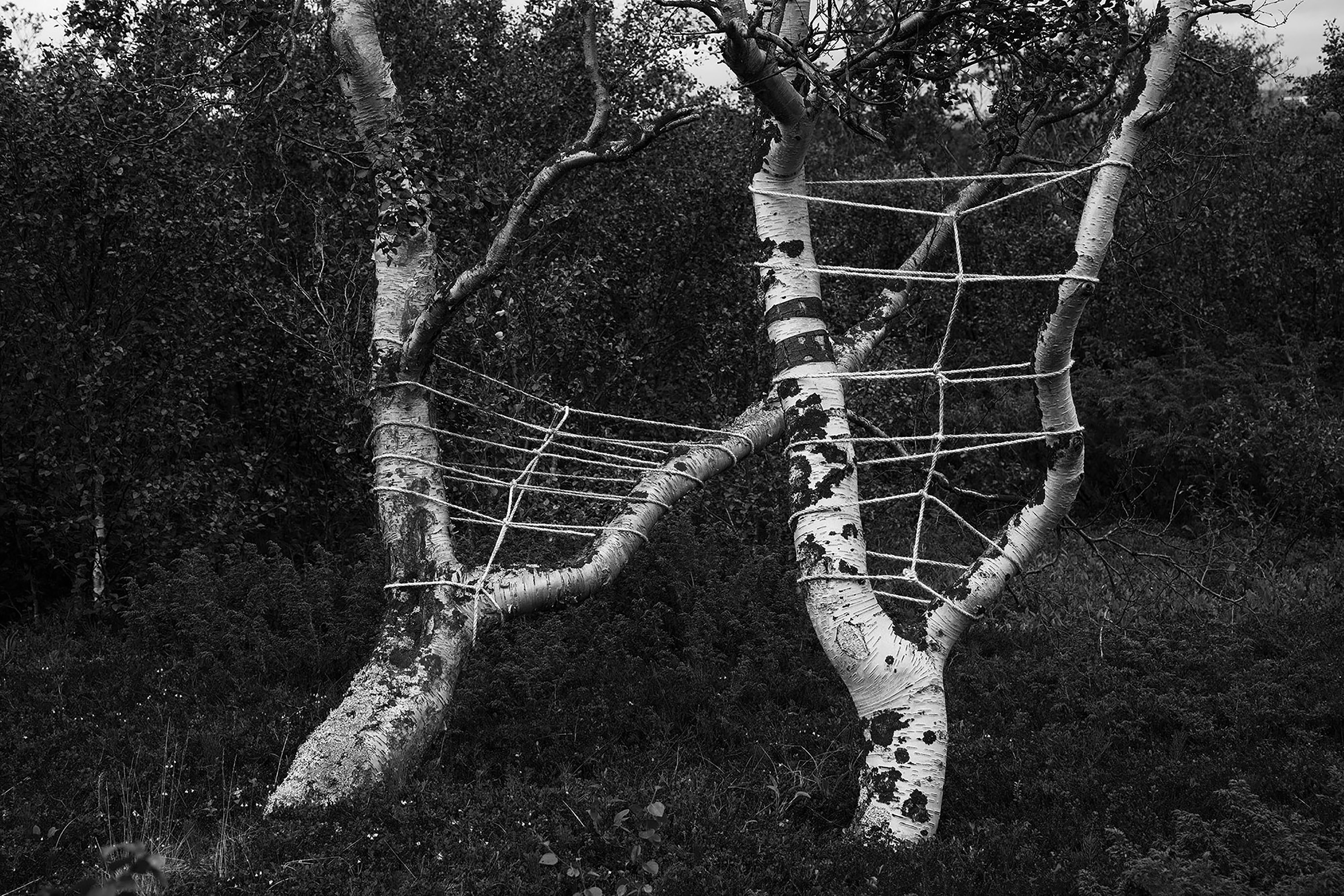
Anna Reivilä, ‘Bond 32’
Finnish artist Anna Reivilä’s photography practice is fundamentally concerned with the relationship between man and nature. She began the ongoing series, Bond, in 2014, the title both an indication of this theme in her work as well as of the art of bondage. Photographing rocks, trees, or large lumps of ice, clad in heavy ropes, she draws on Japanese traditions in which ropes would symbolise the relationship between man and God.
Her practice is research-led, with the artist investigating the sites that she will work on in the lead up to a shoot. While she will map out the terrain, hiking for a few days to get to a specific location, the process is also driven by intuition, and she will seize upon stones or trees that she feels particularly drawn to, before beginning to tie up the entity. The procedure is a drawn-out, meditative one, which the artist compares to sketching or life drawing. It is a process during which the artist too becomes highly aware of her own physicality in proportion or relation to the nature that surrounds her. According to Anna Reivilä, the Japanese art of bondage ‘ties together both the big and the small things: life and death, shame and power, love and hate.’
An Ephemeral Oeuvre
Recording the outcome with only a photograph distinguishes her practice from the tradition of Land Art, whose interventions in the landscape often are designed for a much more long-lasting presence. Once the photograph has been taken, Anna Reivilä begins untying the knots, disassembling the sculptural forms. The exhibited product, the photograph, thus displays traces of an experience of nature, one that is also imbued with the Japanese aesthetic influences of ikebana, the art of binding flowers, and kinbaku, Japanese bonding, or ‘the beauty of tight binding’.
Bond (2014), a series by photographer Anna Reivilä is available on her website.
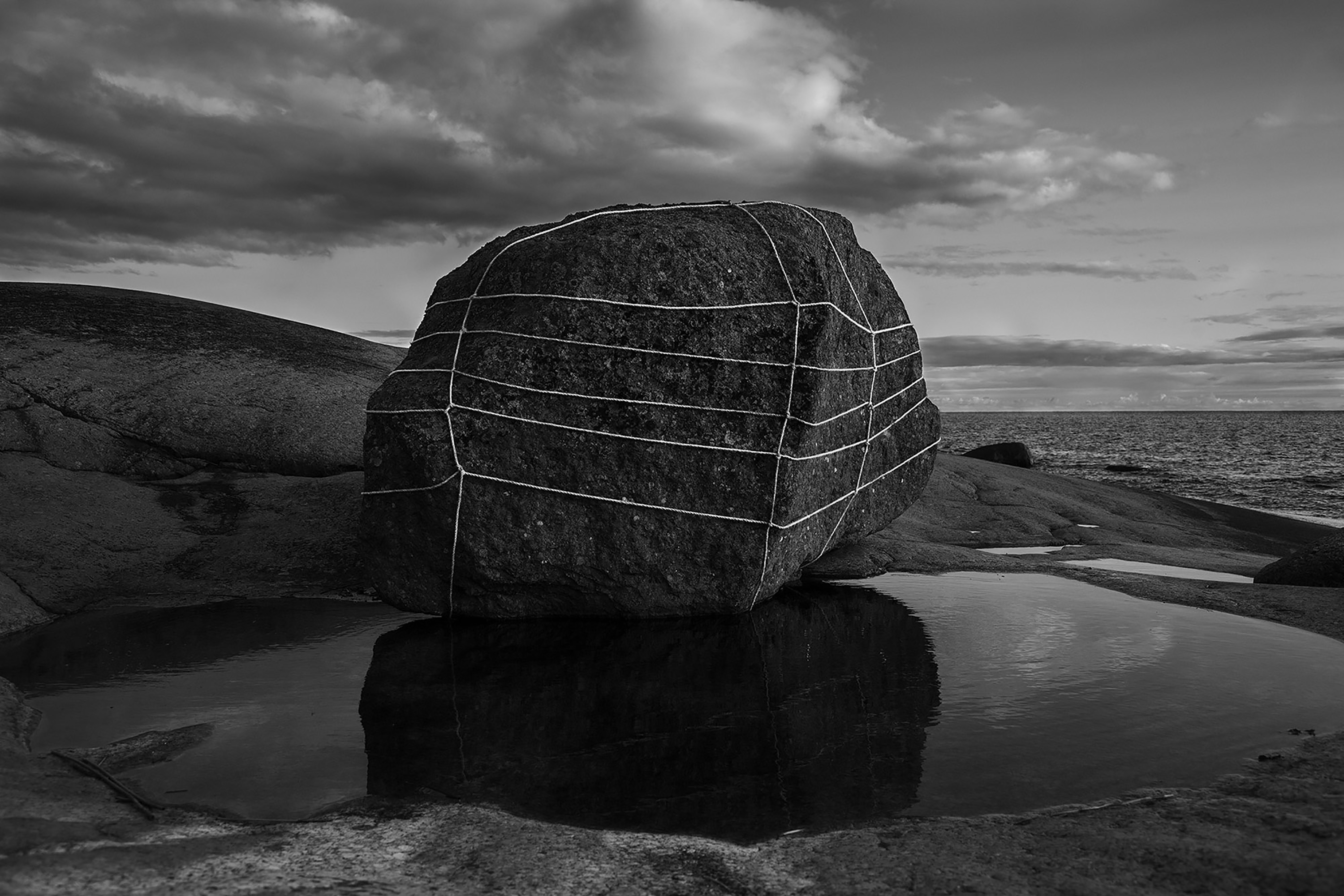
Anna Reivilä, ‘Bond 35’
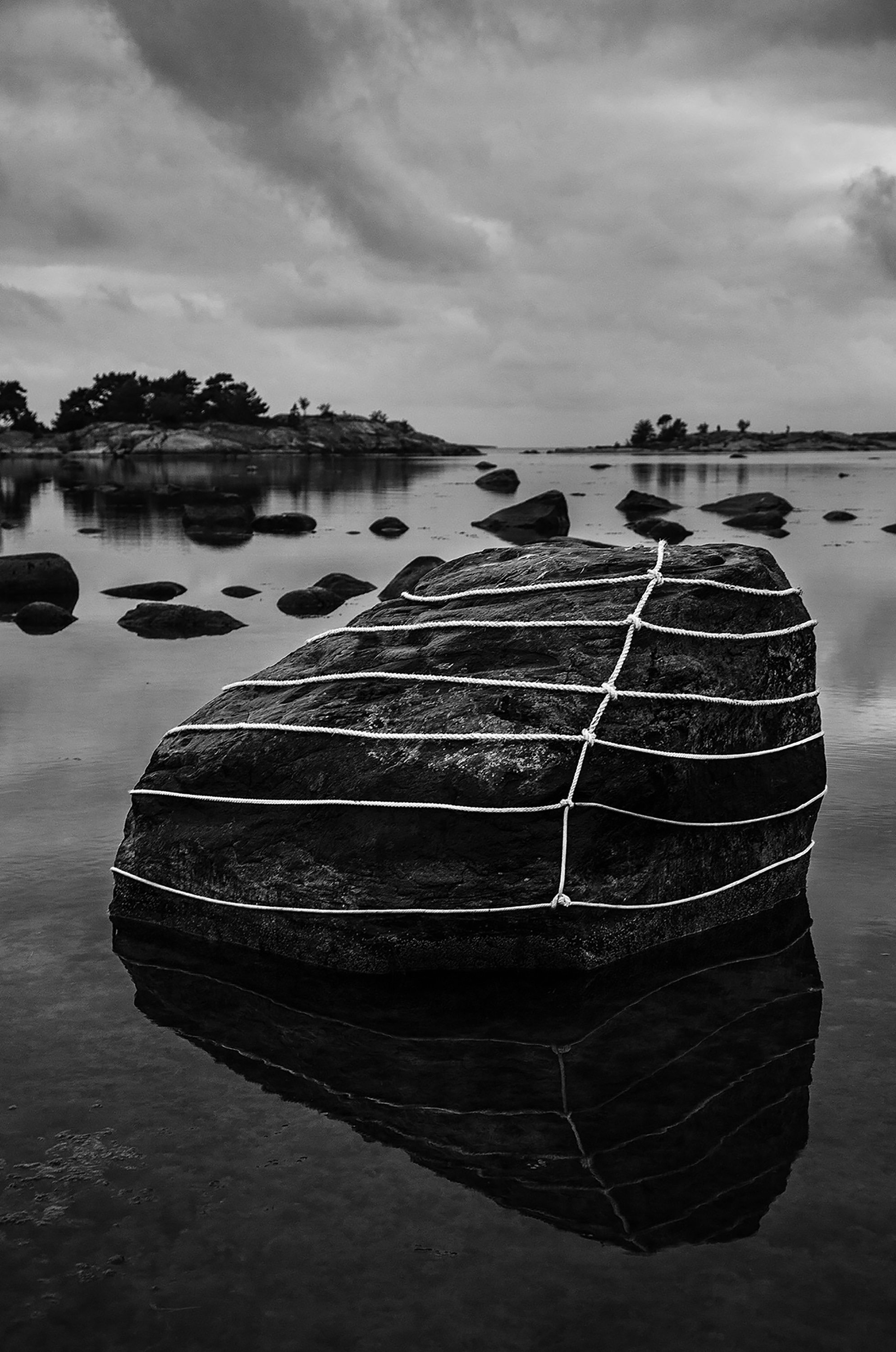
Anna Reivilä, ‘Bond 36’
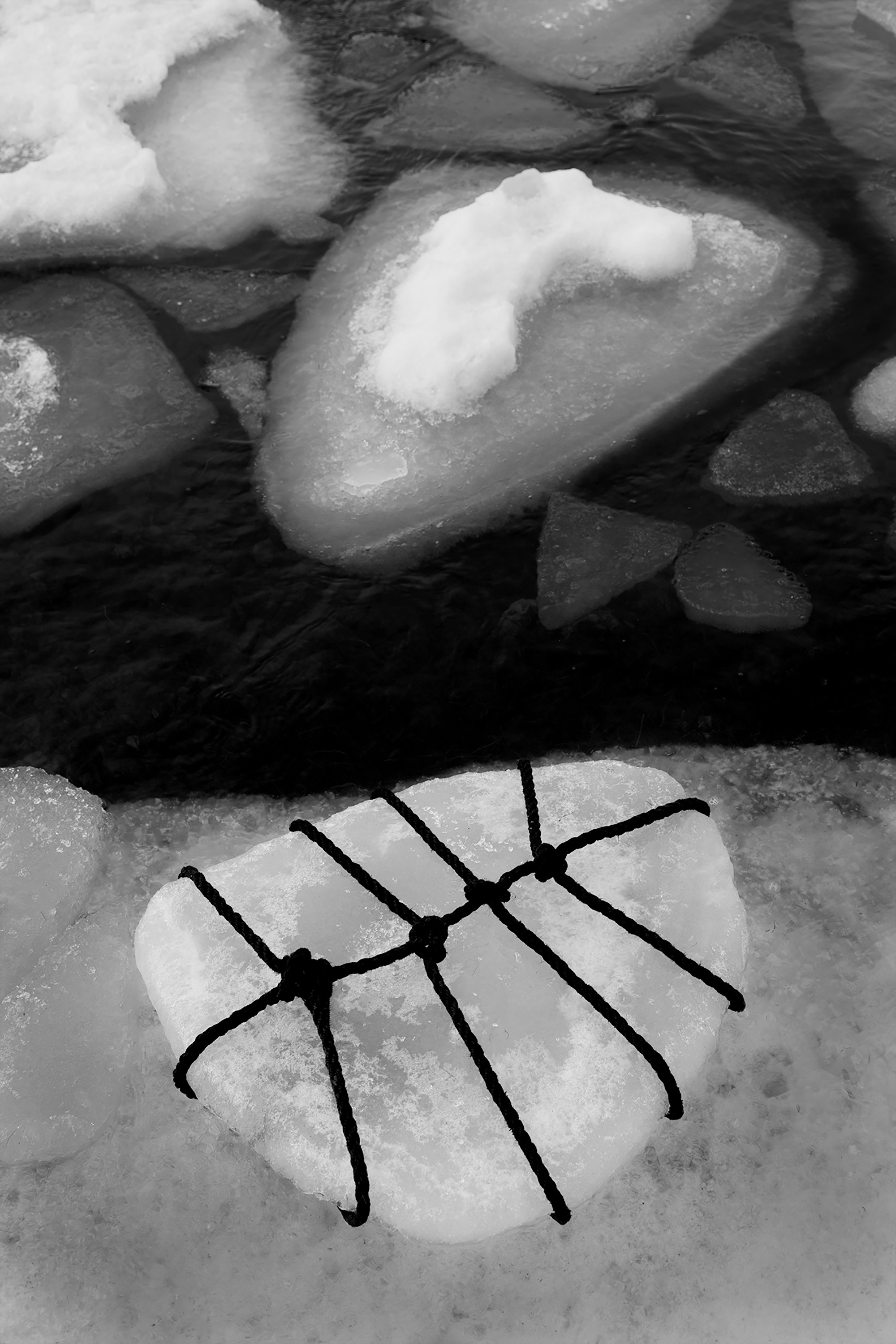
Anna Reivilä, ‘Bond 41’
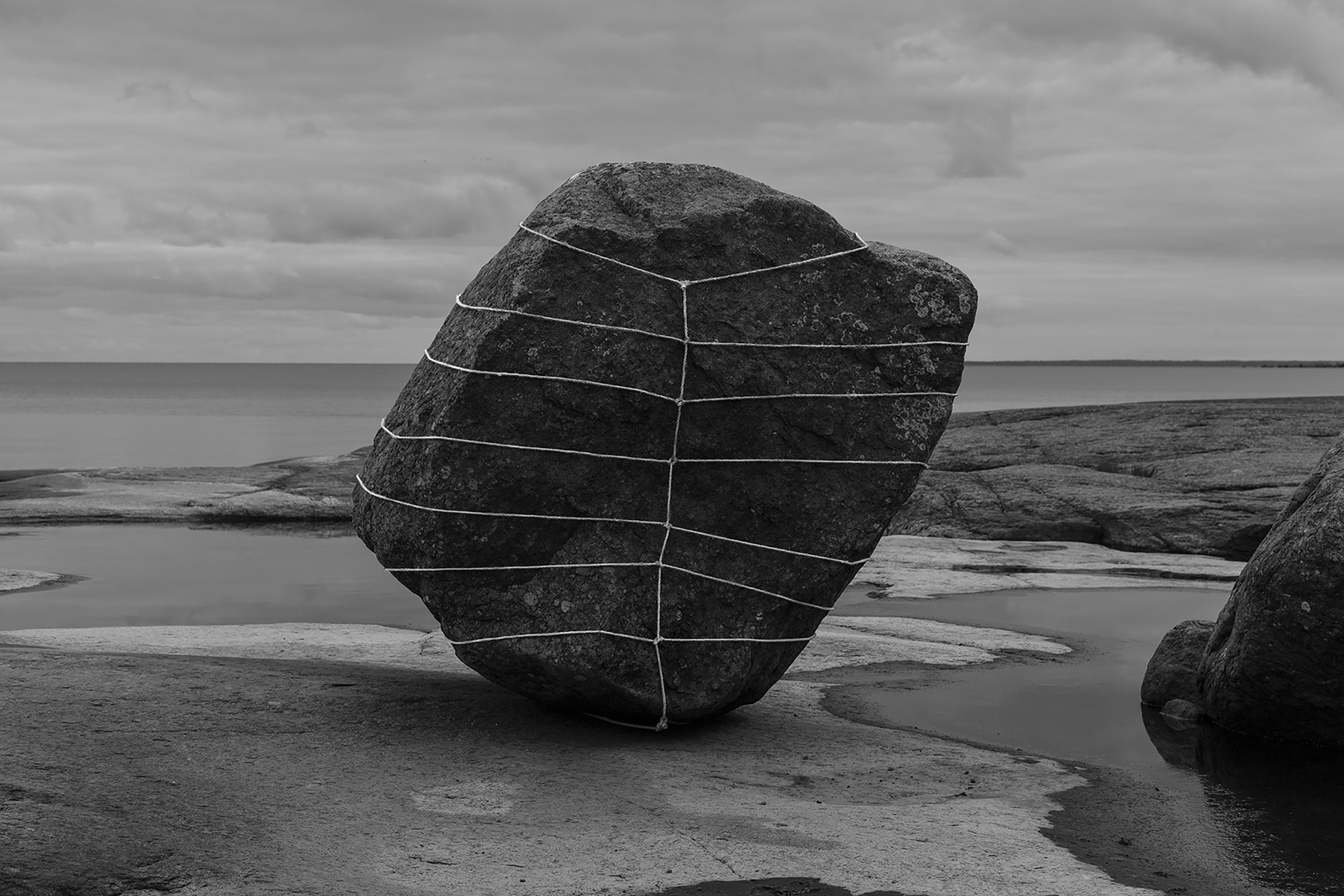
Anna Reivilä, ‘Bond 22’
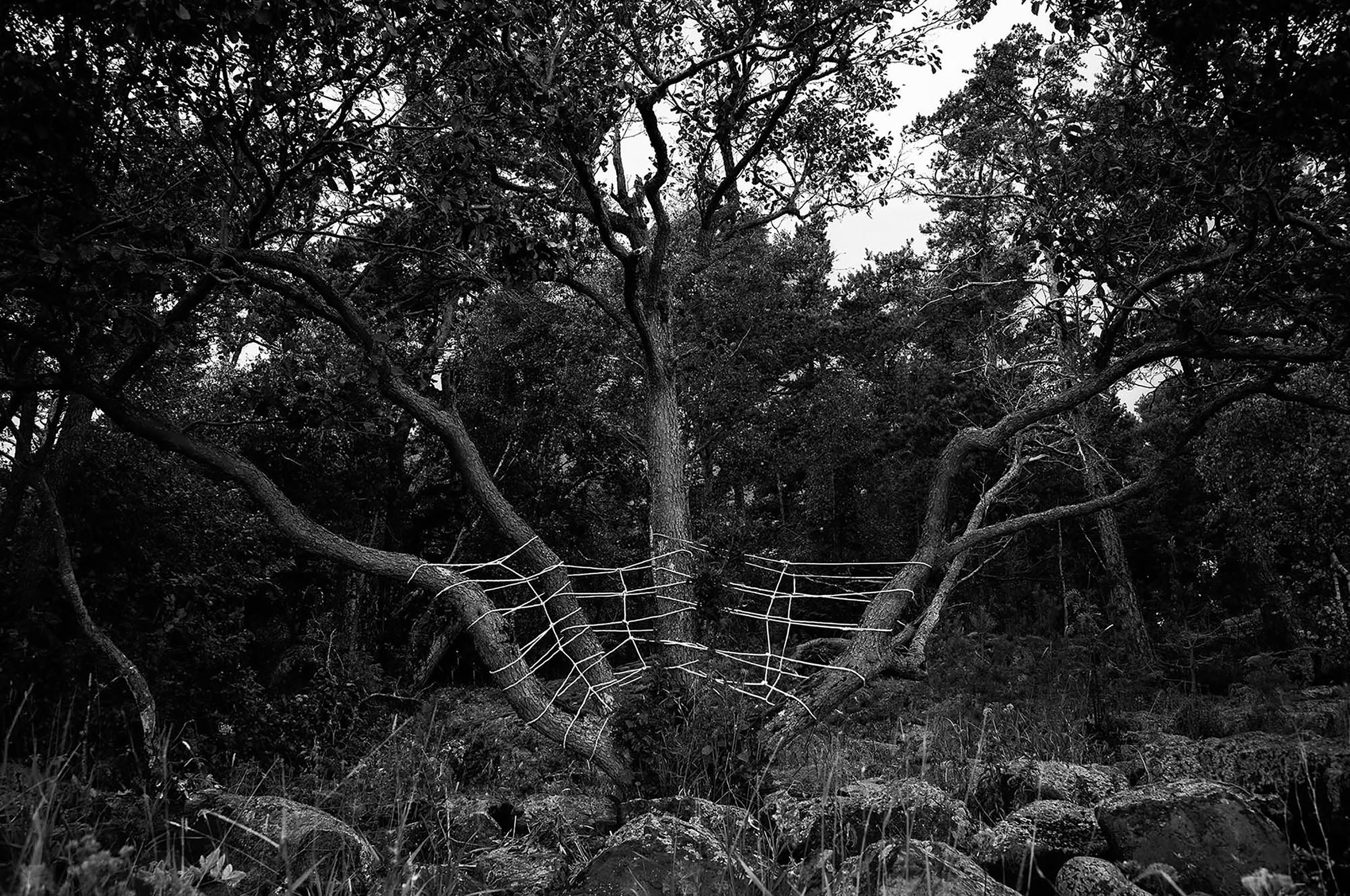
Anna Reivilä, ‘Bond 37’
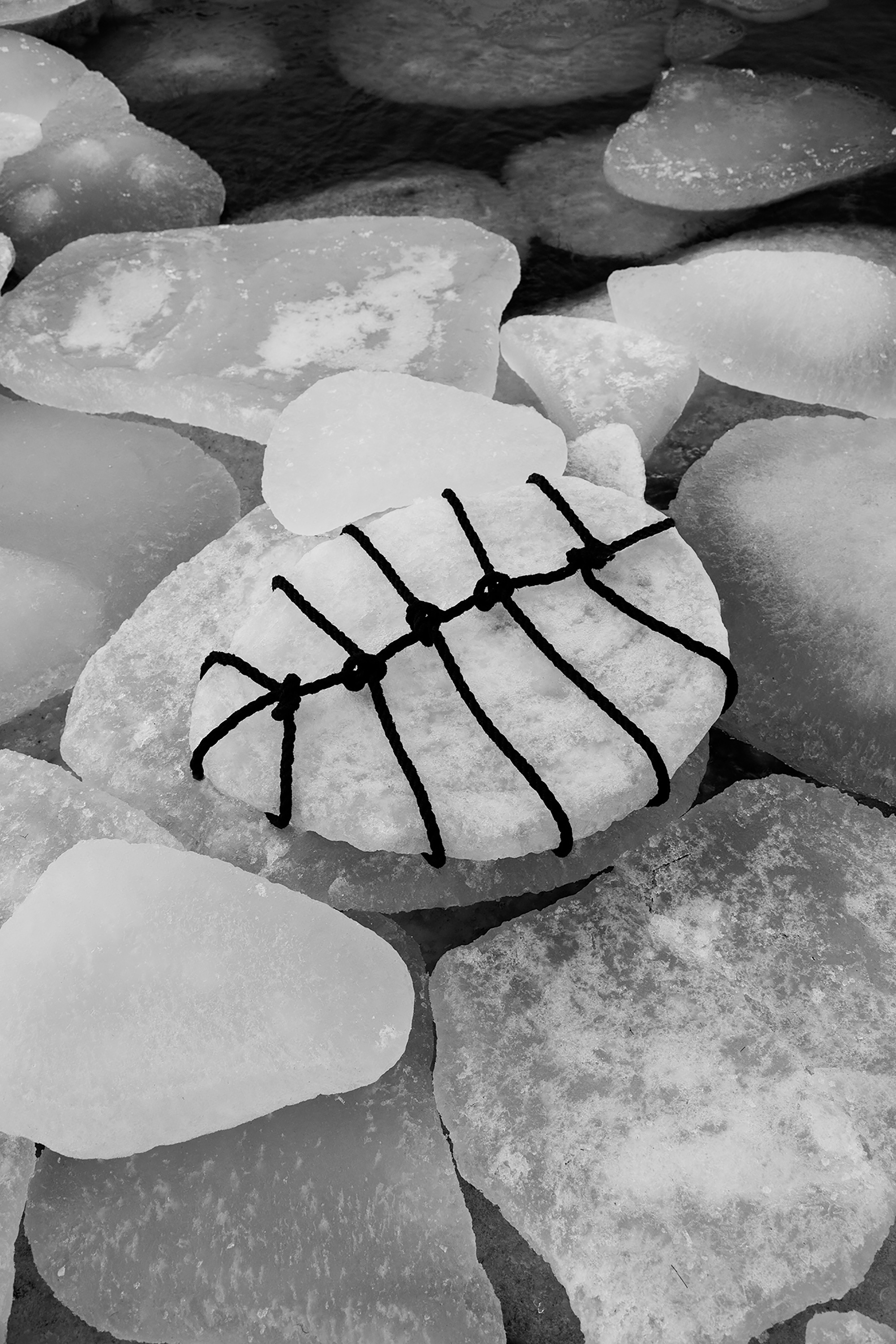
Anna Reivilä, ‘Bond 40’
TRENDING
-
The Tattoos that Marked the Criminals of the Edo Period
Traditional tattoos were strong signifiers; murderers had head tattoos, while theft might result in an arm tattoo.

-
Chiharu Shiota, Red Threads of the Soul
Last year, more than 660,000 people visited the retrospective 'Chiharu Shiota: The Soul Trembles' exhibit at the Mori Art Museum.

-
‘Before Doubting Others, Doubt Yourself. Who Can Truly Say a Dish Isn’t What It Used to Be?’
In ‘A Non-Conformist’s Guide to Surviving Society’, author Satoshi Ogawa shares his strategies for navigating everyday life.

-
The Story of Sada Yacco, the Geisha who Bewitched Europe
Described by Dazed magazine as the first beauty influencer, she has been restored to her former glory since 2019.

-
Ito Jakuchu's Naturalist Paintings
From 15 September until 14 October 2018, the Petit Palais showcased the artist's iconic ‘Images of the Colourful Realm of Living Beings’.





